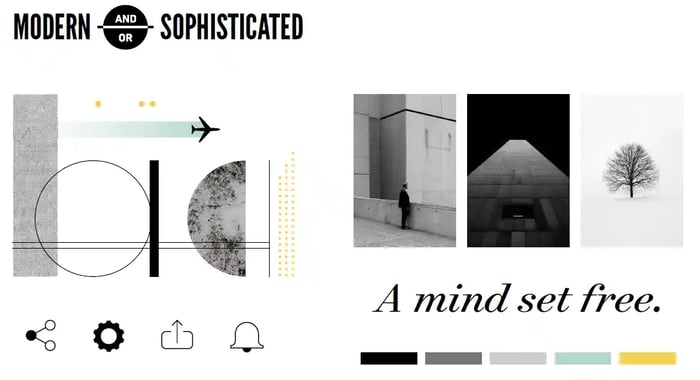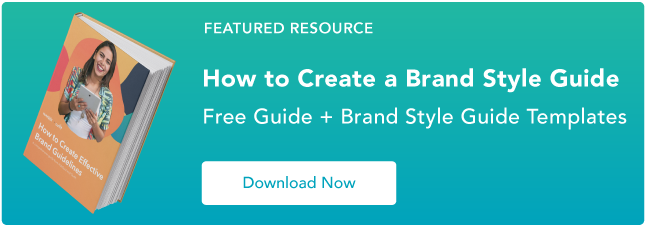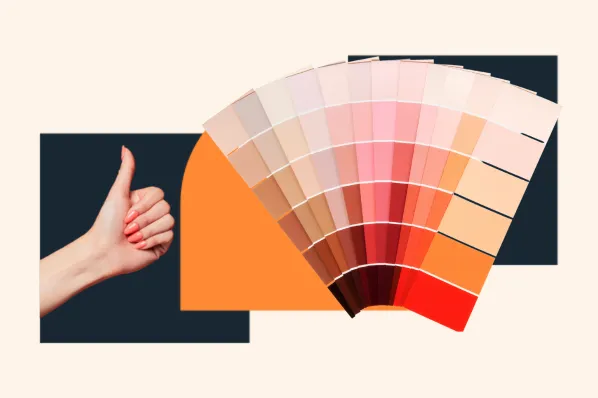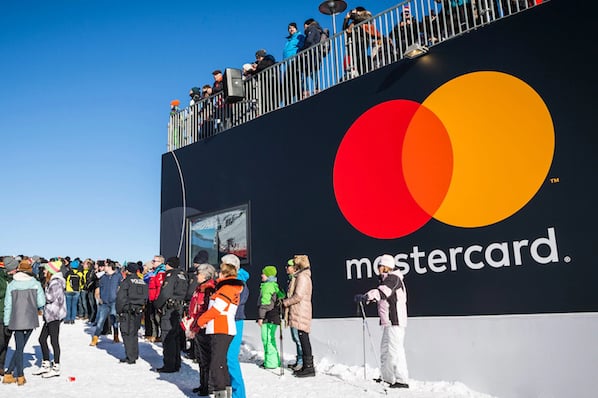Whether you're bingeing an original series on HBO or scanning your Instagram feed, high-quality visual content is now easier to find than ever.

Which means visual content is now an absolute necessity for marketing success.
In fact, 94% of first impressions of your brand are based on design. So if your marketing content doesn't delight and engage your audience at very first glance, they're likely to move on to the next thing -- in a matter of seconds.
I'm willing to bet you've already developed a variety of visual content, ranging from videos to infographics, related to your brand.
However, if you're following your company's brand guidelines to the T for every marketing campaign or visual you create, you might not be reaching your full marketing potential.
While your brand guidelines are critical for providing general direction, each campaign is different, so each campaign needs its own visual language.
To help you take your visual marketing content to the next level, let's explore what a visual language is, and how you can develop one for your next campaign.
What Is a Visual Language?
A visual language essentially serves as a set of brand guidelines for your campaign.
It's important to note -- a visual language doesn't replace your brand's visual identity. In fact, it keeps that identity very much in mind, but makes small changes or additions as necessary to optimize for your campaign goal(s) and target audience.
When done well, a visual language achieves three things:
- It makes sure all the visual content you produce for your campaign has a united look and feel.
- It considers the goals of your campaign, then drives the kind of visual content that can help you achieve those goals.
- It takes into account the target audience for your campaign, optimizing each piece of content to speak to and connect with that audience.
A visual language will define a number of parameters for your campaign, including:
- Illustration style
- Icon style
- Color palette
- Typography
Since every campaign is different, the visual language you use for each campaign will be different. For instance, if you plan to incorporate photography or live video footage, you'll want to make sure to include usage guidelines.
While it might seem like extra, unnecessary work, it's actually an incredibly useful tool for ensuring your team continues to create high-quality marketing materials.
Once your visual language is defined, it sets a standard of quality for all the materials you produce. It ensures that every piece of visual content for a campaign will be on-brand, and can help you drive higher conversions.
With all that said, it's no easy task to ensure the visual language you create will truly be optimized for your campaign. To help you combat this challenge, let's explore some strategies you can implement to ensure your visual language aligns with your marketing goals.
How to Create Your Own Visual Language
1. Identify your goals.
You may already have a clear idea of what you want your marketing campaign to achieve. If you do, the very first step you should take in any campaign is to write those goals down.
It sounds obvious, but you'd be surprised how many marketers either don't define their goals clearly, or lose sight of them over the course of a campaign.
If you're not sure what your goals should be, there's a lot you can learn with a little market research. Take a look at what your competition has achieved in recent campaigns, or do a brand-potential analysis to define where your brand stands in the marketplace.
Keep in mind, though, that while a visual campaign can have more than one goal, each individual piece of visual content you create should have only one goal.
That’s because, when you try to achieve sometimes-conflicting goals with a single piece of content, you risk not optimizing for any of those goals.
2. Define your target audience.
Part of your goal-setting should be clearly defining the target audience for your campaign. This audience may be distinct from your brand-wide audience.
For instance, perhaps you're working at a shoe company that makes all sorts of shoes -- everything from hiking boots to high heels -- but you're about to launch a new line of running shoes. As you design a campaign around that launch, you don't need to target the hikers who wear boots or the office workers who wear heels.
Ultimately, that means the visual content you produce for this campaign may have a very different look, feel, and tone from the other content you've produced in the past.
You'll want to do some research, too, on how that audience likes to communicate. What types of visual content do they most engage with? What are their preferred platforms?
If they're part of a particular age group, you'll want to familiarize yourself with research on how different generations interact with content.
3. Determine the right visual language for your campaign.
Once you've clearly defined your goals and audience, you're ready to define the visual language for your campaign.
As I've said already, every campaign is different, which means I won't be able to make specific recommendations for design styles or other aesthetic choices here. It all depends on your brand, who you want to reach, and what you're hoping to achieve.
Still, I can offer up an example of what a visual language might include based on one brand personality that many organizations hope to project.
For instance, imagine that you want your campaign to channel a modern, sophisticated ethos.
Here's a mood board featuring some of the characteristics you might choose for your visual language:

The illustrations are minimal, often abstract, and textural. Additionally, the photography and color palette are cool and neutral, with small pops of color. The typography includes a classic Serif font.
These elements communicate a brand that's innovative and forward-thinking. This is a visual language designed to connect with an audience of young and mid-career professionals.
If your goal is to establish thought leadership in your industry, connect with decision-makers, and/or build consumer trust in your brand, this visual language is likely to achieve all these goals.
Ultimately, a visual language ensures consistent quality and messaging across your campaign. What's more, it saves you money by ensuring that all that planning occurs just once, rather than with every new visual asset you create for each individual campaign.
![Free Download: How to Create a Style Guide [+ Free Templates]](https://no-cache.hubspot.com/cta/default/53/76520ae5-1a3b-4055-9e8e-95e150b90965.png)










